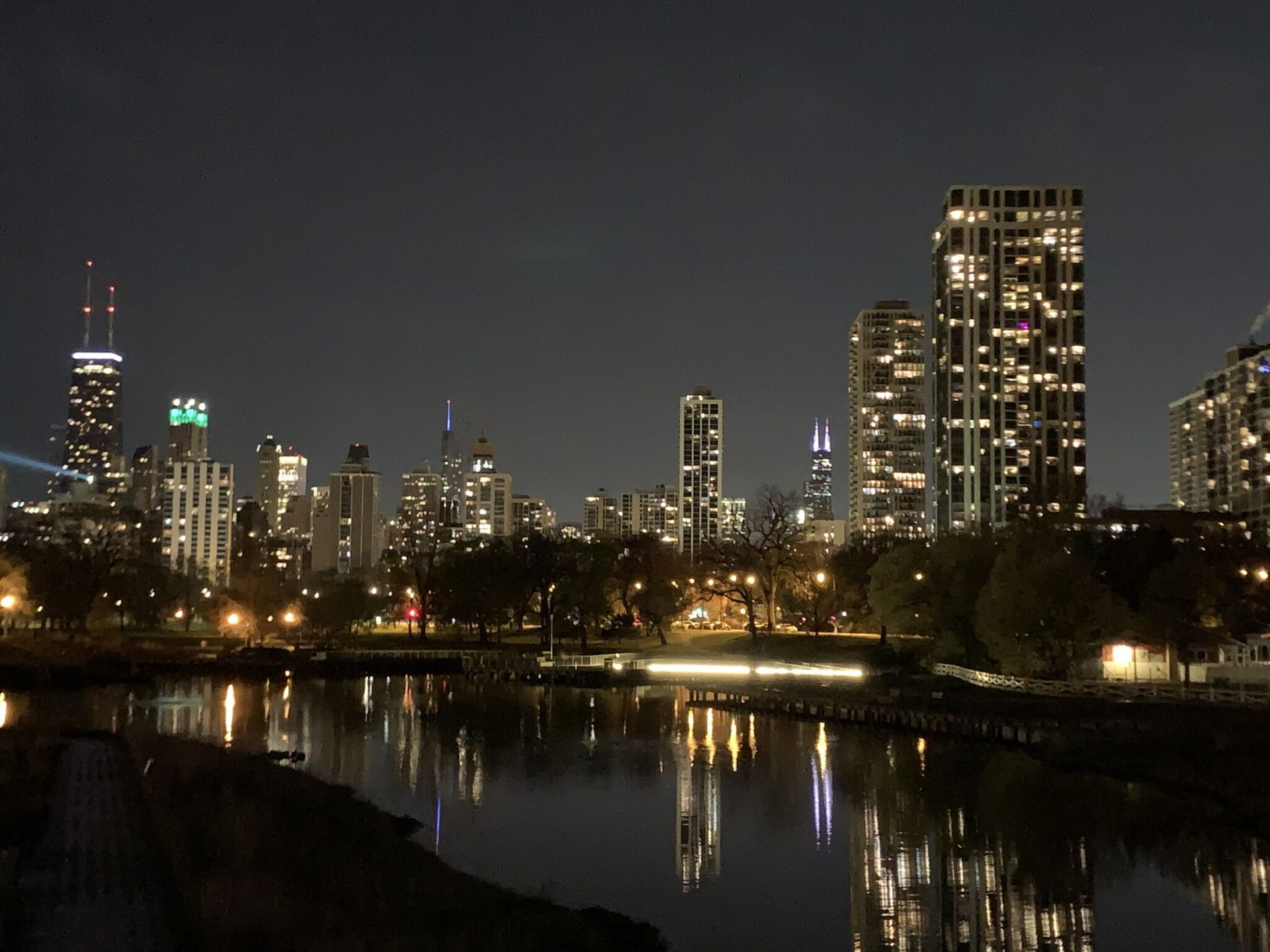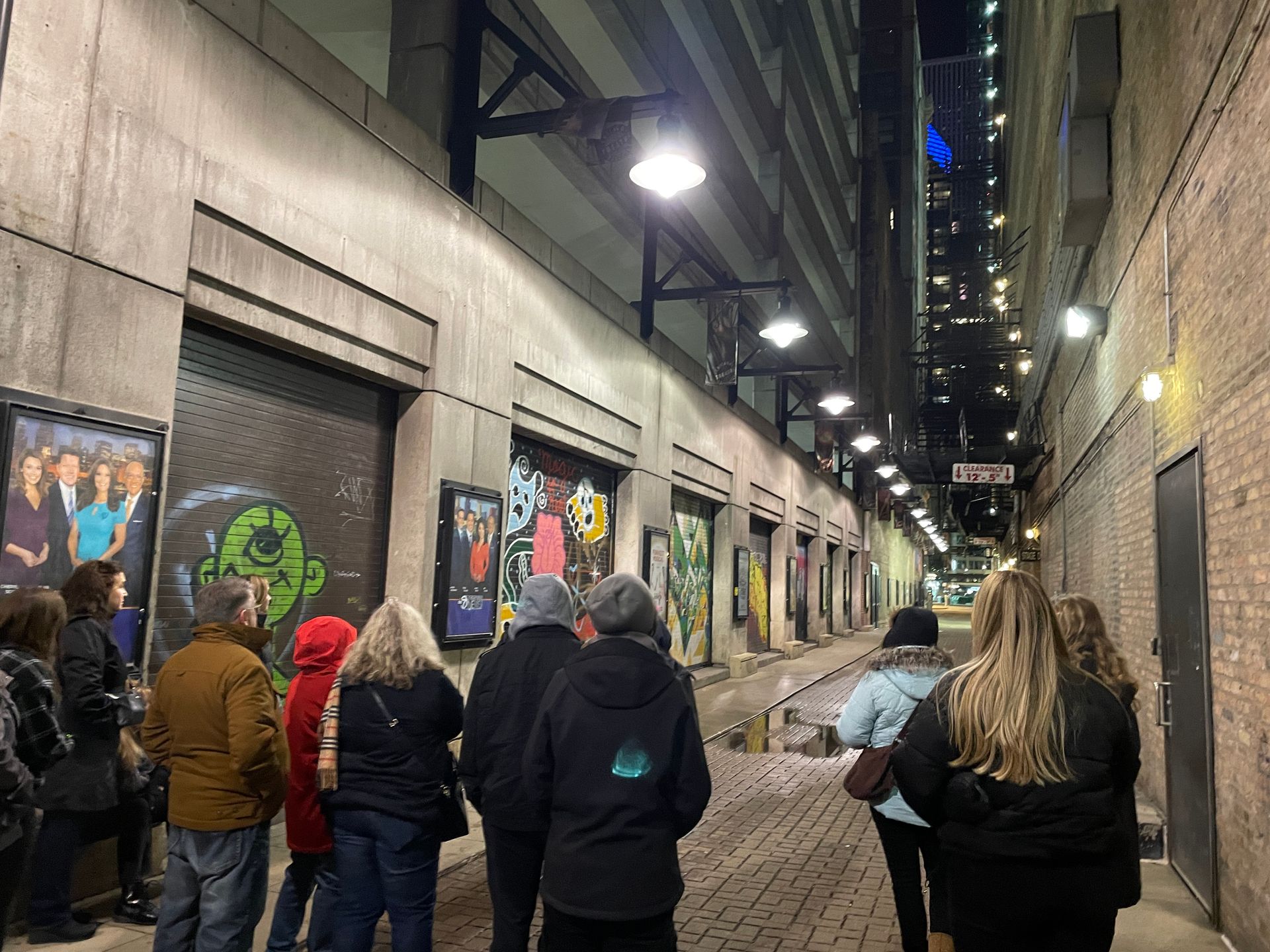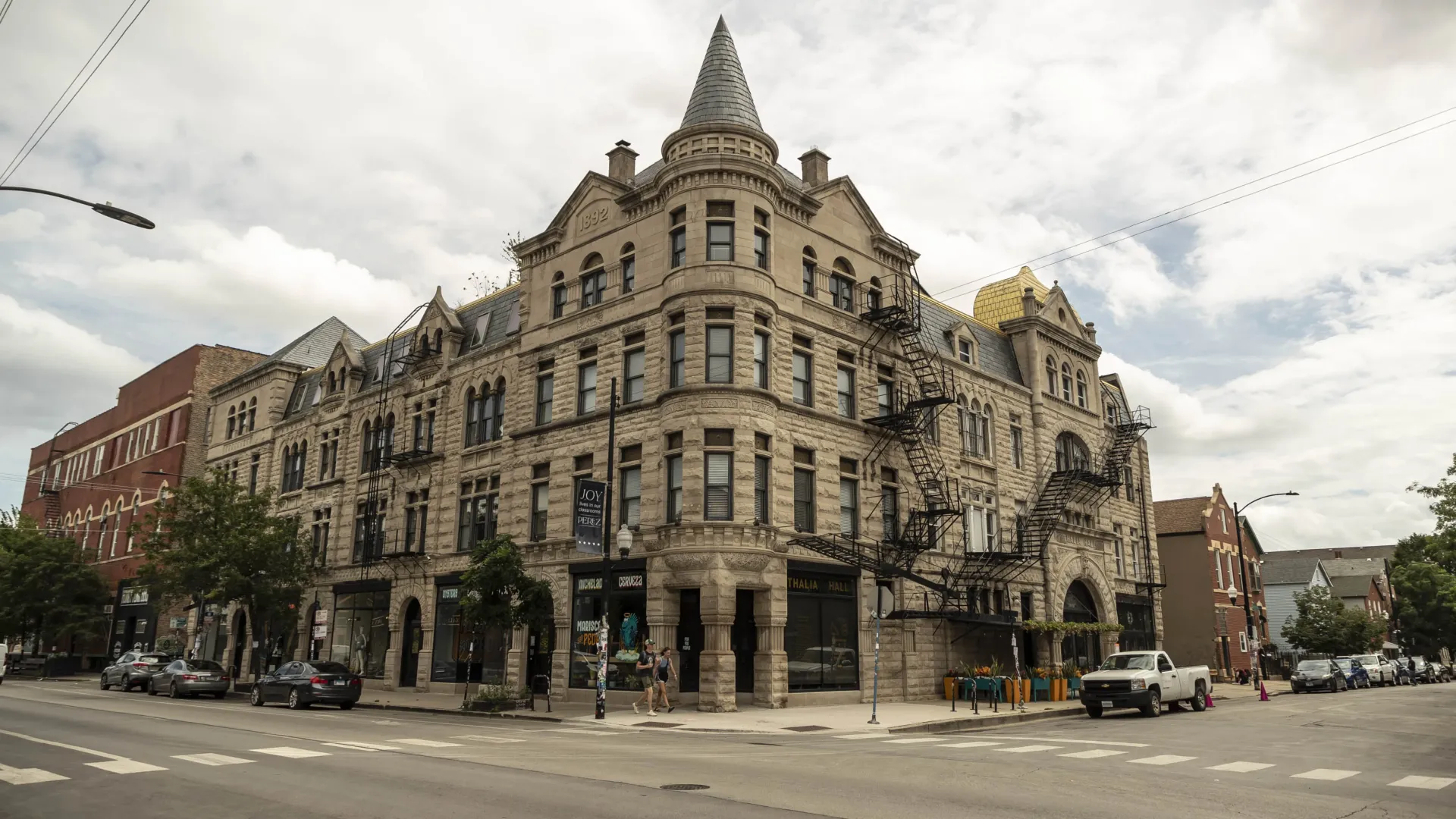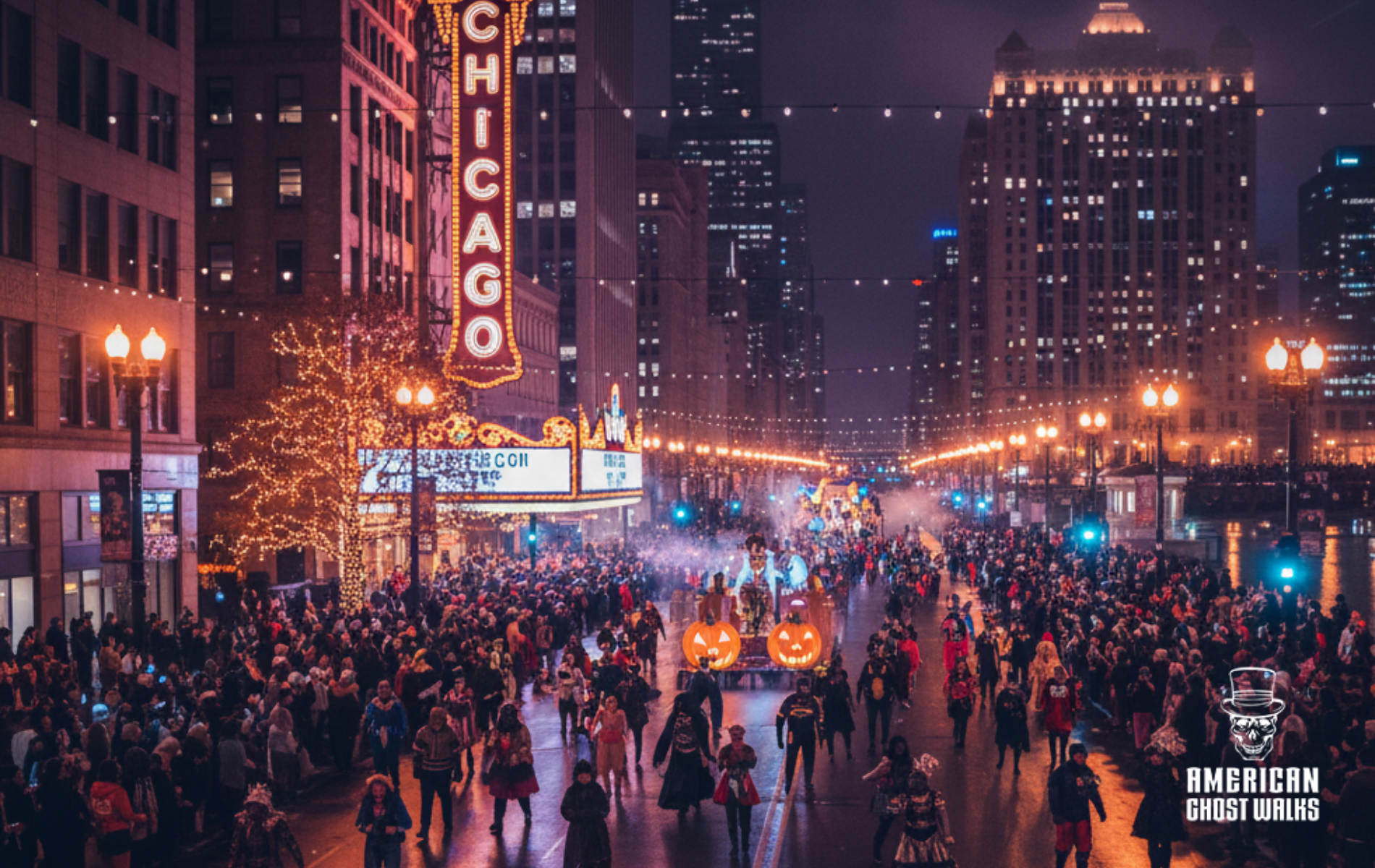The Demon of Lemont
In my many years of reading about the cases of other investigators, I have of course been especially interested in those of the pioneers: Harry Price, Peter Underwood, William Roll, Brad Steiger, the Warrens . . . and of course, the great, late Hans Holzer.
I think every paranormal investigator I know has the huge, black paperback compendium of Holzer's cases published some years back called Ghosts: True Encounters with the World Beyond, a collection of literally scores of Holzer's most fascinating and favorite cases over his distinguished and often disturbing career. I must admit that, while many of the cases were a little scary even for me, one of them was absolutely hair-raising.
The case he titled, "The Devil in Texas, " and it was a very complex one, set in Tyler, Texas, concerning a wife and mother who suffered from mental illness and who, as a result, had been institutionalized. What happened was that a series of paranormal phenomena seemed to attack her family at home while she was in the hospital; it appeared to originate from her consciousness and even exhibit her personality and voice.
One of the phenomena involved the sudden apports of letters, notes and personal checks from out of thin air, addressed to her husband and son, a variety of them from dead neighbors or from people they did not know.
I found this phenomenon endlessly fascinating and deeply disturbing, and this case has always haunted me as I've continued on my own path as a researcher. So imagine how intrigued I was to discover a case involving a similar series of events which took place right outside of Chicago in the late 19th century . . . .
At the turn of the 19th century, the Willmans farm was one of many that sprawled in Lemont, Illinois, just south of Sag Bridge. Like other surrounding towns, the farming and quarrying town of Lemont had not seen much of any excitement since the time of the building of the Illinois & Michigan canal many years before. Village life was as peaceful as it could be, and the Willmans farm was one of the collection of typical sleepy homesteads in the region.
Until the day the demon came.
One evening, in the fall of 1901, while the Willmans family was at dinner—father, mother and four children between the ages of 12 and 16—a letter dropped out of the air near the ceiling and landed in the middle of the dining room table. The bewildered family looked at one another, then—after a few long moments-- Mrs. Wellmans carefully picked up the letter and opened it. The letter was written in an archaic hand, as of a young child, with capital and lowercase letters mixed up and numerous spelling errors. The message, however, was clear: whoever or whatever had written the letter stated that the family had ten days to leave the house or some dreadful tragedy would befall them. Shocked and horrified, Willmans told his wife to burn the letter.
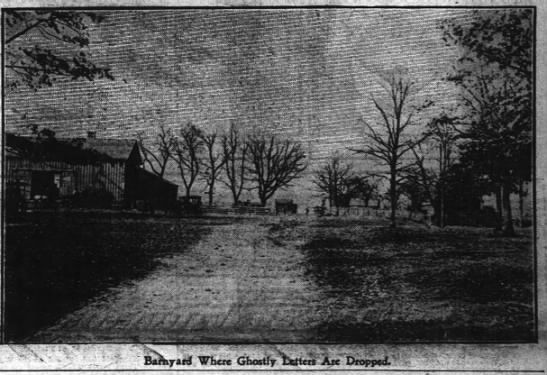
When the family did not vacate the farm, more letters appeared, taking on a tone of viciousness, and falling from the air at the feet of the horrified family members. There were numerous letters threatening to kidnap the younger children, and a distinctly vicious attack on one of the children, Anna, whose mother had died at the age of 35, who received a letter at her feet saying “You will live no longer than your mother. You don’t know what killed her, but I do!”
The letters increased as the days wore on, as the entity alternated between threatening the family and predicting visits from family and friends and other future events.
The family’s cows also became involved. When Mr. Willmans and his son were milking them one day, his son cried out, “Father! My cow is giving cheese instead of milk!” Sure enough, when Mr. Willmans looked into the pail, the milk had turned to cheese when it touched the pail. That same day, Willmans had seen a black cat wandering around the farm and shot at it to chase it off.
That night, the family received a letter stating, “Do you want to know why your cows have stopped giving milk? I did it! …. You thought you’d put a shot in me, didn’t you?”
Word got around that a black cat had been speaking to the family through mysterious letters, and talk of witchcraft and demons spread like wildfire through the village.
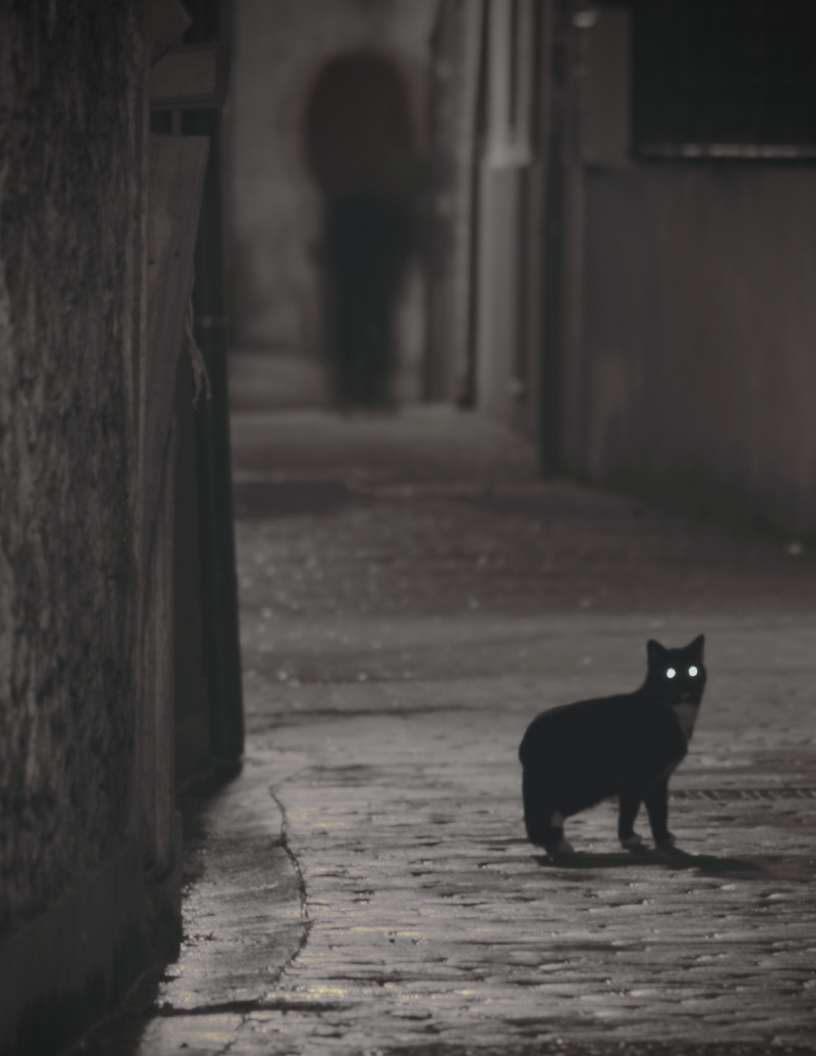
And the letters still came, written on every kind of paper the entity could find, and sometimes in ink, in pencil or even in the bluing Mrs. Wellmans used for the laundry. The family’s pen, which was kept in a cupboard with writing paper and pads, would disappear just before the family received a letter, and then be returned again to its rightful place, though the doors never opened.
The family’s dog seemed keenly aware of what was happening. When the dog was outside before a letter dropped he would begin to bark and howl and claw at the door of the house, desperate to get inside at something. When let in, however, he would run inside and stop dead in his tracks in front of some invisible presence, running back to the door and whining to get out.
The demon or whatever it was also played tricks on visitors, including a family member who came to visit one Sunday. He and the family sat in the parlor to talk. The visitor had hung up his coat and hat on the coat rack in a corner of the room. After their visit, he rose to leave and went to the coat rack, which had been in full view the entire time, to get his things. His hat was gone, and the front of his coat had been smeared with butter. The hat was found in the garden, tattered and filled with dirt and rotten apples. Mrs. Willmans opened the cupboard, which was also in full view of everyone, and took the lid off the butter crock. Inside she found an indentation of fingers as if someone had scooped out a handful of it.
When the family’s nerves were close to the breaking point, they turned to the Church.
Father Westarp was at the time the pastor of St. Alphonsus Church in Lemont, and the Willmans family begged him to come to the house to help them. Fr. Westarp had not been quick to believe what was happening to the family. He later told a reporter he was “extremely puzzled” by the goings-on at the Willmans’ farm, as they seemed to have no place in the progressive world of the turning 18th century:
In this age of the world it appears absurd to. talk of ghosts or evil spirits, and so I would have said before investigating what Is going on at the Wlllmans' place. But what I have witnessed there with my own eyes and what has been told me by persons whom I know. to be absolutely reliable leaves me no option but to believe that an agency that Is not mortal Is responsible for them.
Father Westarp finally complied, obtaining permission from then Archbishop Feehan to perform an exorcism of the house. The arrived at the farm several days later, accompanied by another priest, Bibles and holy water in hand. Fr. Westarp “exorcised” the house, going from room to room giving a house blessing, with a different prayer for each room to rid whatever human or non-hhuman spirits might be there. When he finished, his colleague did the same.
After the exorcism, Fr. Westarp put a piece of paper and a pencil on the kitchen table and the two priests and family went outside for several minutes. This was in keeping with the Roman Catholic Rite of Exorcism which demands that, before departing, a demon must give its name and reason for infesting the human or humans it has troubled. When the family and priests re-entered the house again, the paper was blank, a sign that the demon—if that’s what it was—had no intention of leaving. Indeed, though the house was quiet for three days, the letters and torments began again, starting with a note that mocked the exorcism: “'How I did laugh at seeing you all on your knees and praying' : What do you think of such a letter? It must be a demon!”
Another letter repeated, almost word for word, the private conversation the priest and Mrs. Wellmans had had outside the house after his visit, laughing at the advice he had given her.
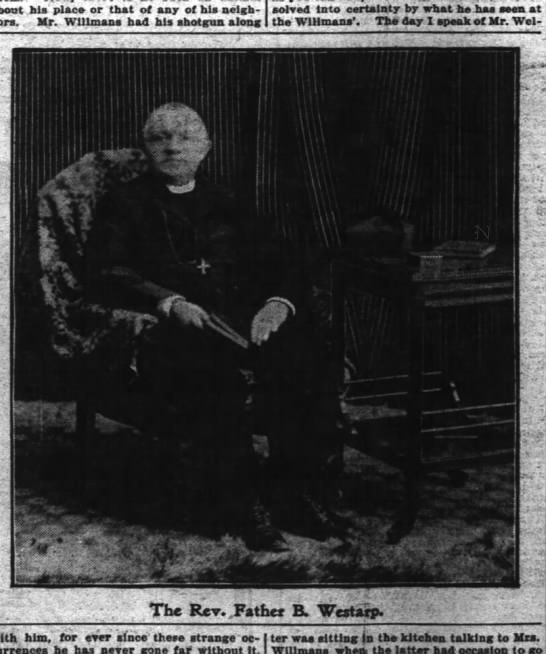
Fr. Westarp had instructed Mrs. Wellmans to remove all of the writing paper in the house, and she complied. But the entity was industrious. Soon after the exorcism, a letter fell out of the air written on a piece of Mrs. Wellmans’ hatbox. She burned a piece of blessed palm the pastor had given her, and blue the smoke into the inkwell, thinking this should take care of the nuisance. Indeed, the demon no longer used the ink, but resorted to the pencil.
As for the source of the manifestations, the consensus in the village was that it was obviously demonic. The black cat had spoken, and the entity had mocked the sacred Rite of Exorcism. Word got around that Fr. Westarp had a theory that the family had possession or knowledge of the Seventh Book of Moses, a book of necromantic knowledge believed to have once been part of the Scriptures, but the priest denied having made such a suggestion.
Some, of course, suggested that the children were responsible for the diabolical letters, but Fr. Westarp quickly dismissed this theory, based upon the foul language and outright blasphemy many of the letters had contained—and the fact that all members of the family and often visitors were present when many of the letters arrived.
Mrs. Wellmans wondered if, since the farm was supposed to be sold by the owners the next year, a potential buyer might be trying to spoil the value of the property. Still, she said, there was no way to explain just how the letters made their way into view from thin air, or how any of the other myriad phenomena had actually been created. Her only explanation was, “Witchcraft.
Today, the story of the Demon of Lemont has been long forgotten by the history books of this sleepy town. Yet the legacy of its spirit certainly remains. This region can claim notoriety as one of the most haunted not only in the Chicago area but in the nation, from the ghosts of the DesPlaines River Valley and the old Sag Bridge hauntings to the ghosts of the Archer Avenue Triangle and Resurrection Mary herself. Let this eerie old tale, then, take its place among those that walk these hallowed roads. Do you dare to traverse them tonight in search of them yourself?
“Queer antics of a ghost that annoys Lemont people, “ Inter Ocean. 3 November 1901. Page 41.
Dive deeper into the mysterious world of hauntings with our curated collection of paranormal investigations and ghostly encounters. Read more stories like this in “Ghosts of Lincoln Park: A Chicago Hauntings Companion” by Ursula Bielski, a book of downtown Chicago ghost stories written by our own American Ghost Walks team.
Explore the eerie world of hauntings with our collection of paranormal investigations and ghostly encounters.Read more stories like this in “The Original Chicago Hauntings Companion” by Ursula Bielski, a book of Chicago ghost stories written by our own American Ghost Walks team.
Are you fascinated by the supernatural and craving more spine-tingling tales? Whether you're a skeptic seeking evidence or a believer looking for your next supernatural fix; "American Ghost Books" offers everything from historical haunted locations to firsthand accounts of paranormal experiences. Each book has been carefully selected to provide authentic, well-researched stories that will keep you turning pages well into the night.
Explore haunted history, firsthand encounters, and spine-tingling stories, all carefully curated for those who love a good ghost story. Plus, don’t just read about the hauntings—experience them firsthand by joining one of our Chicago ghost tours.
Check out our Google Business Profile reviews
to see why thrill-seekers love our tours!

